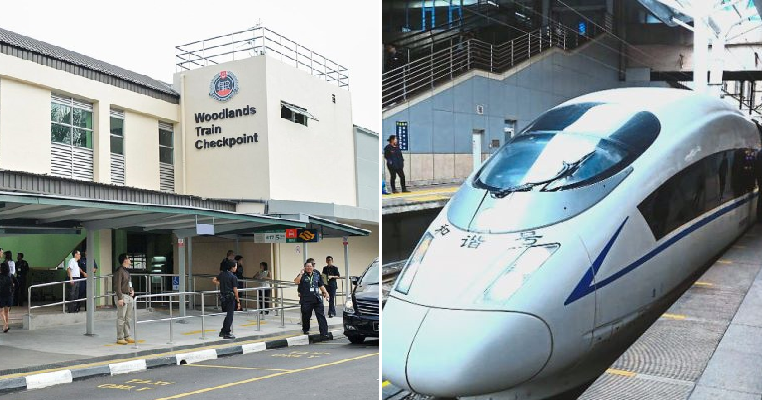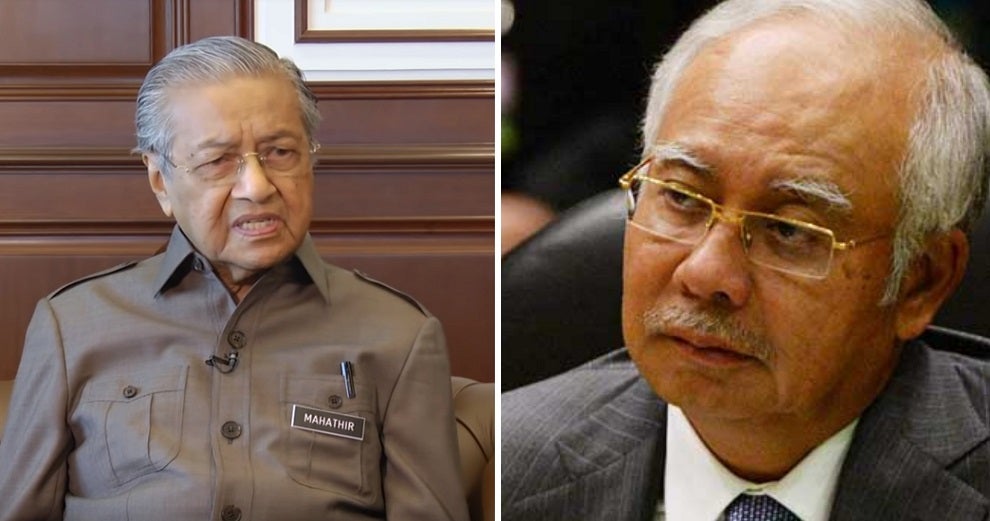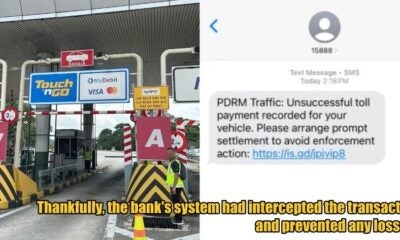Among one of the changes that the new Pakatan Harapan government has implemented is the indefinite postponement of the high speed rail (HSR) project between Kuala Lumpur and Singapore as part of its new austerity measures. Given the massive amount of national debt, this comes as no surprise!
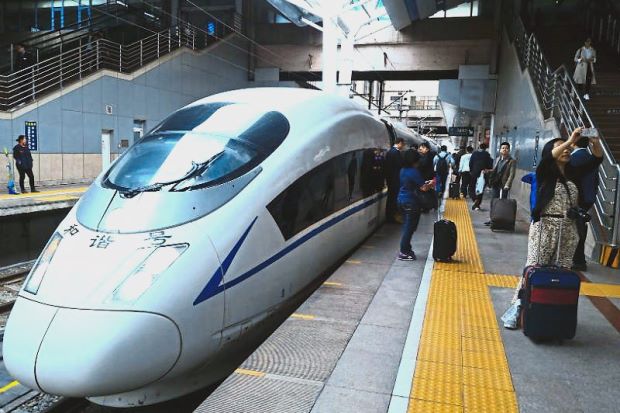
Source: The Star
Now, it looks like we may be able to have that HSR after all, as there may be an alternative proposal that will cost only RM20 billion, as compared to the original cost of between RM60 billion and RM70 billion. Malaysia could also stand to save an additional RM500 million, which is the compensation that is supposed to be paid to Singapore if the project is cancelled.
What exactly is this alternative plan?

Source: NST
The Star reports that this plan includes using the existing double-track infrastructure of Keretapi Tanah Melayu (KTM). Yes, there is a KTM Intercity now that takes you to Woodlands, Singapore. Sources say that the Council of Eminent Persons (CEP) is aware of this plan and they are now considering this alternative.
What’s the difference between the original HSR and the alternative?
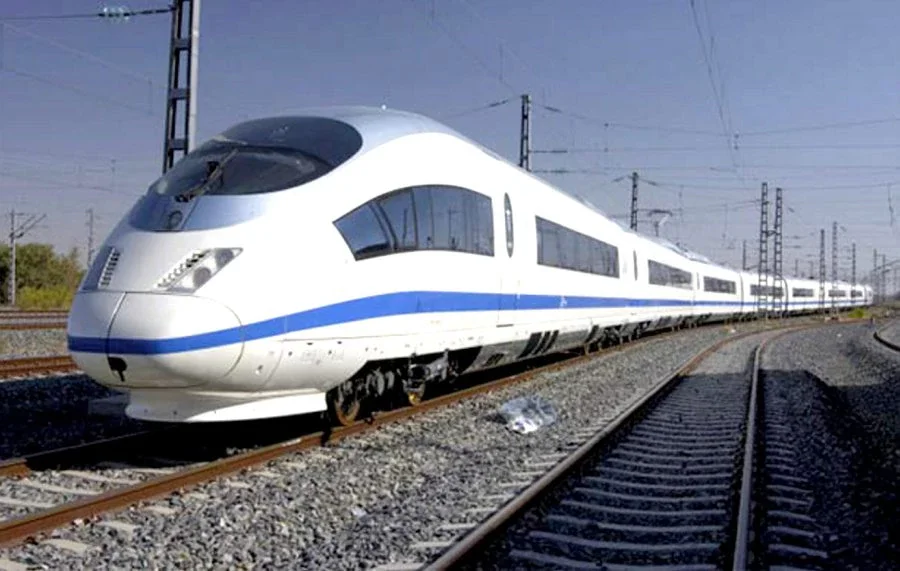
Source: NST
Well, for one, the travel time of the original HSR for Malaysians to Singapore was supposed to be only 90 minutes but if the alternative plan is used, it will be extended to 130 minutes instead. However, this may also be improved if there are new trains that are able to travel at a higher speed safely.
The original HSR would travel at 320km/hour but if we were to use the existing KTM tracks, the trains are only travelling at 200km/hour. Of course, one of the major benefits other than the saved costs is that the HSR is seen as a duplication of the existing infrastructure but the alternative actually complements it instead.
How can it be implemented?
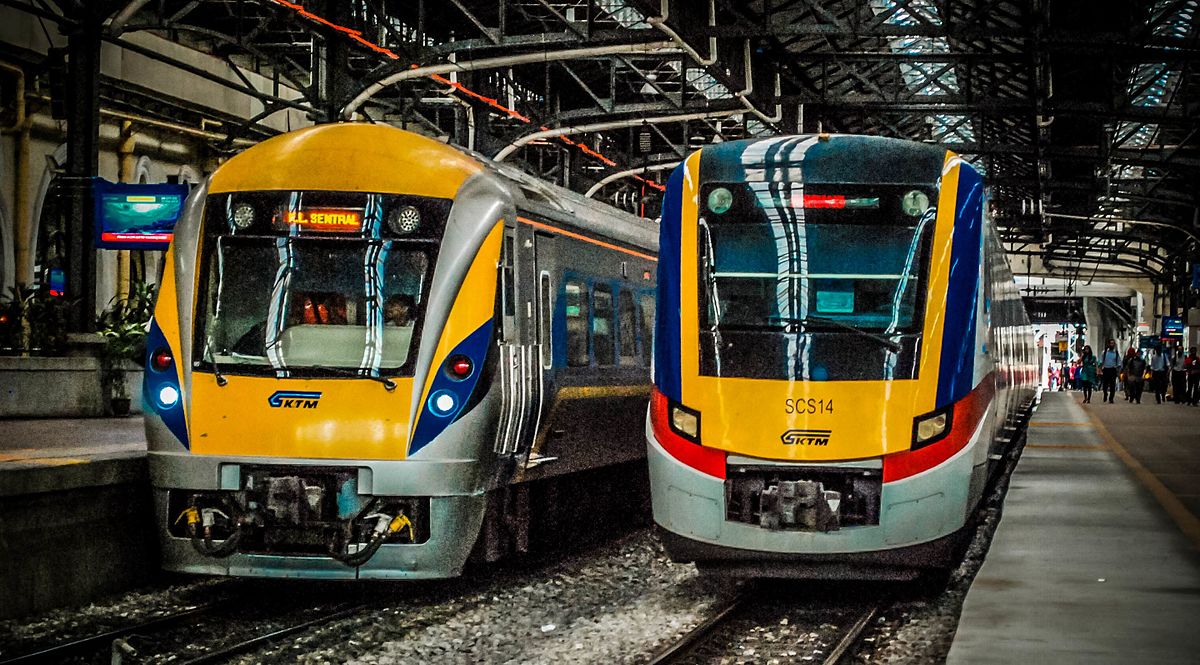
Source: Wikipedia
The government would have to make arrangements to allow third parties to operate rail lines owned by KTM. “The third parties would be prepared to invest in better locomotives and run operations on a commercial basis. Travel time can potentially be reduced,” said a consultant familiar with the matter.
“Cost will be shaved by more than RM50 billion, which is 70% lower compared with (building) the HSR. This does not include land acquisition cost and possible cost overruns incurred by the HSR project. The upgrading of the existing railway tracks would involve minimal land acquisition, minimal disruption to existing system and complement the entire national railway network. It would not lead to a duplication of railway lines,” said sources.
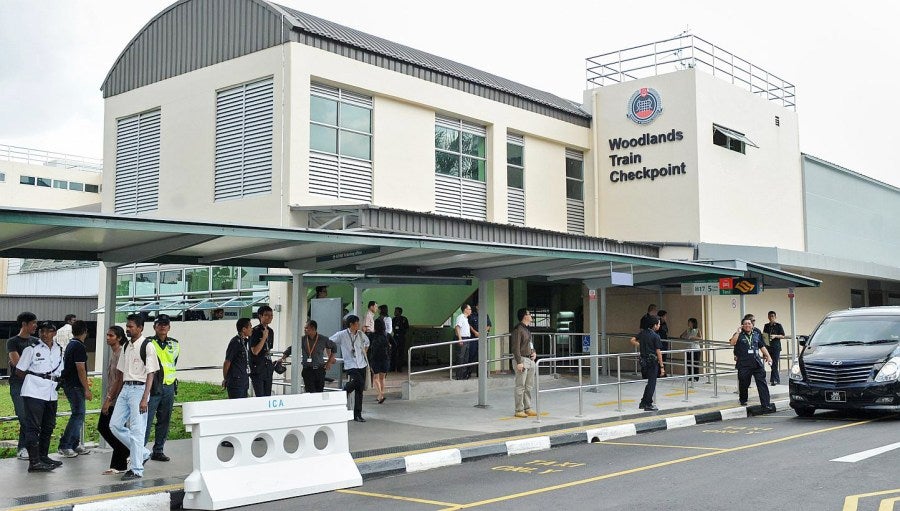
Source: Jen’s Wanderstories
Since the distance between Malaysia and Singapore is only 350km, it makes sense to upgrade the existing railway infrastructure instead of constructing a new one. The double track railway should be enhanced by putting up a single line next to it so that it can cater for both standard gauge and meter gauge trains.
“Effectively, the tracks will be able to cater for trains running on standard gauge and meter gauge, which is the existing infrastructure,” said a source. Currently, we only have the meter gauge tracks that does not allow the train to travel at higher speeds.
Are there any other alternatives?
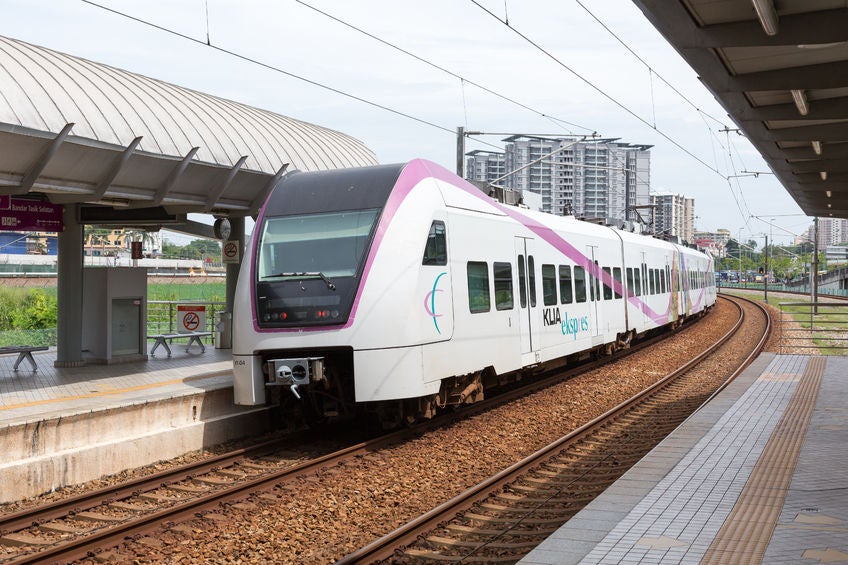
Source: Edge Prop
Yes, another possibility has been suggested to enable easier travels to Singapore. Sources told The Star that there were recommendations to extend the Express Rail Link (ERL) from the KL International Airport (KLIA) to Singapore. However, this venture is more expensive, as it could potentially cost at least RM30 billion.
Well, let’s see whether the government would choose to go with the alternatives or not. They’ll need to weigh the pros and cons carefully before deciding!
Also read: Najib Claims RM100 Bil HSR Project Could’ve Created 110k Jobs, Tun M Calls BS

